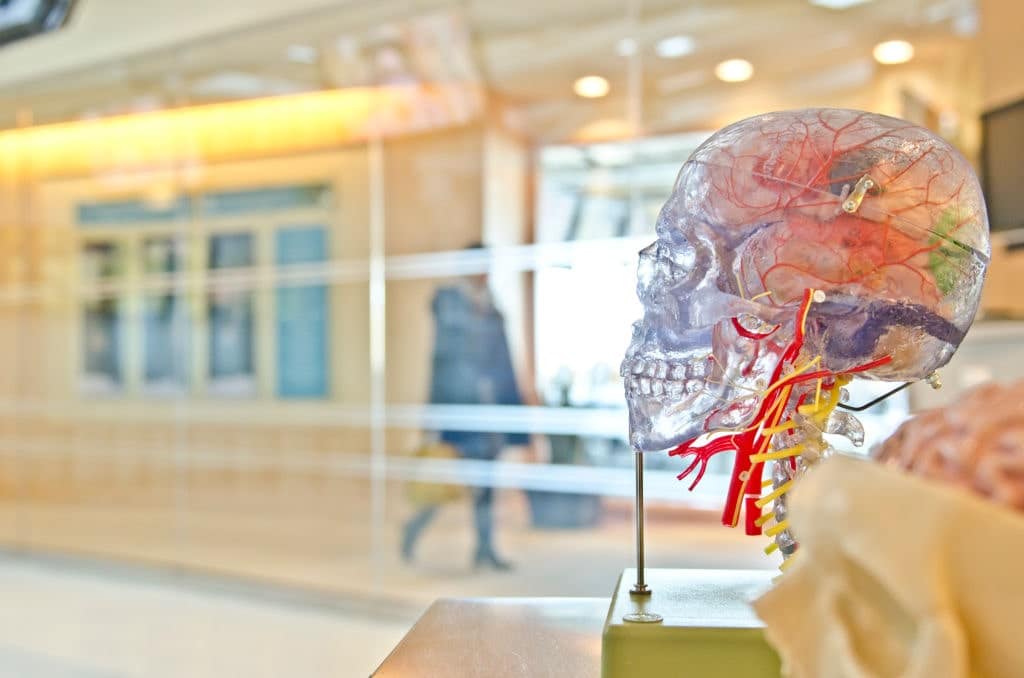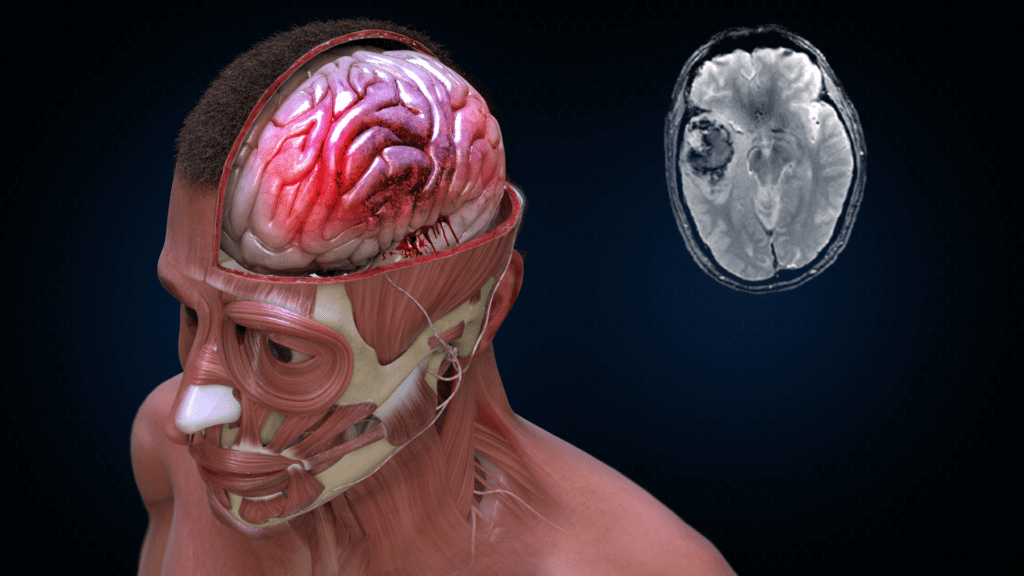The brain is prone to bleeding, infections, trauma, and other types of harm, much like any other organ. Sometimes brain surgery is necessary to identify or treat this damage or alteration in brain function. A craniotomy is a surgery to cut into the skull (cranium) to access the brain for medical treatment. Although there are many distinct forms of brain surgery, the recovery period following a craniotomy is often relatively similar.
What is Craniotomy?
A craniotomy is a general word for the surgical removal of a portion of the skull to gain access to the cerebral compartment.
After the procedure, the bone flap is put back in its original location and usually secured with low-profile titanium plates and screws.
There are several reasons why this kind of surgery might be done. A craniotomy is typically performed to repair aneurysms and remove brain tumors.
It may also be done to remove blood or blood clots from the brain, relieve pressure in the brain following an injury or stroke, or repair a skull fracture.
The portion of bone known as the bone flap is removed using specialized tools and apparatus. After the brain operation, the bone flap is momentarily removed, held at the surgical instrument table, and then repositioned.
Complications That Could Arise From Craniotomy
There is always a chance for complications during surgery. The risk of having brain surgery depends on what part of the brain it will operate on.
For instance, speech might be impacted by surgery on the part of the brain that governs speech. There are several more widespread issues, such as but not restricted to:
- Infection
- Bleeding
- Blood clots
- Seizures
- Muscle weakness
- Brain swelling

What Is Medical Malpractice In Craniotomy All About?
Medical malpractice occurs when a healthcare practitioner or provider fails to offer a patient the proper care, takes the appropriate action, or gives a patient subpar care that results in harm, injury, or death.
A breach of the medical standard of care is one prerequisite for determining medical malpractice. This could be in relation to the diagnosis, dosage, patient health management, therapy, or aftercare. In such situations, the doctor, the surgical team, and the hospital may bear some degree of responsibility for this grave and potentially fatal issue.
According to an American Medical Association survey, 5% of doctors are annually the target of a malpractice claim. All subspecialties combined rank neurosurgery at the top for malpractice claims, with 19.1% of neurosurgeons involved in a yearly claim.
This increase is because medical professionals have been stretched to the limit due to understaffing in hospitals, overworked employees, and a lack of supplies. Due to these problems, malpractice and general negligence have increased.
One of the most challenging and hazardous operations a person may undergo is brain surgery. Because the stakes are so high, doctors are expected to proceed with extreme care and attention. A victim can sue for damages when a mistake occurs, which should not have happened under due diligence.
Case References
An example of an error that can arise in craniotomy is this case. Here, the plaintiff was misdiagnosed with glioma rather than massive brain edema.
The following day, the plaintiff had a craniotomy, during which the pus from the lesion region was evacuated. It was discovered to be a non-tumorous abscess. The abscess had expanded rapidly over the previous few days, causing edema that resulted in brain herniation.
The plaintiff was left with severe aphasia and significant memory loss after undergoing numerous additional brain surgery and a lengthy recovery. The surgeon made an error here that may have been avoided.
Let’s take the case of proAssurance Idem. Co., INC. V Metheny to better explain the dangers that can occur when a surgical mistake happens.
In this case, a craniotomy was scheduled to be performed on the right side of the plaintiff’s brain. The goal of the procedure was to stop the plaintiff’s right-side epileptic episodes. The surgeon initially performed the surgery on the left side of the plaintiff’s brain. Then later repositioned the plaintiff and operated on the right side.
This singular mistake destroyed vital brain tissue from both sides of the plaintiff’s brain. Hence, the plaintiff experienced lack of emotions and speech impairment. The plaintiffs were successful in their case, and the court awarded them $11 million in damages.
In addition, the likelihood of severe consequences increases when a procedure, such as a craniotomy, needs to be done twice. Problems are more likely to occur the longer a patient must be sedated. The harm caused must be directly connected to the breach for medical malpractice to be proved.
How Does Medical Animation Benefit A Medical Malpractice Claim?
In the United States, juries are chosen from the general population. Although medical professionals are included in possible juror pools, they are frequently excluded from medical malpractice trials via the jury selection procedure known as Voir dire.
Occasionally, juries hearing medical negligence cases will include members of other medical specialties. But more frequently than not, the jury members lack any medical training.
Thus, a successful result correlates with the attorney’s capacity to persuade with clarity.
By using various legal resources available to them, the attorneys for each side attempt to give their clients the most edge possible. The attorneys present traditional evidence, such as medical records, witness testimony, and expert medical opinions, to support or refute their case for or against the physician’s negligence.
Some losses, like medical costs and lost earnings, can be easily proven using paperwork like payroll stubs and hospital bills.
However, demonstrating losses for which there is no fixed monetary value, such as a body that is permanently damaged or a reduced capacity for enjoyment of life, is more challenging. This is why medical animations are critical in ensuring the jury comprehends the case’s specifics. Hence, securing fair compensation for your client.
Legal medical graphics can show anatomy or physiologic processes to clarify the pathological processes involved.
Medical animation can also show how your client’s injuries impact their mobility, way of life, and daily activities. Hence, fostering empathy as regards what a victim had gone through as a result of the negligence.
Another way medical animation can benefit a medical malpractice case is by condensing the most significant facts into a compelling visual. It also helps in clarifying expert witnesses’ testimony.
Conclusion
Investing in medical animation services is always worthwhile for lawyers hoping to obtain better compensation or verdict for their clients. At Fox-AE, we take on attorneys who are ready to go visual with their facts and expert opinions on a medmal case. Our medical animators have created demonstrative exhibits to address various cases of medical malpractice. Hence, a craniotomy medical malpractice animation is no different.
We can also illustrate how a craniotomy should be performed to juxtapose with an error-infested procedure.






